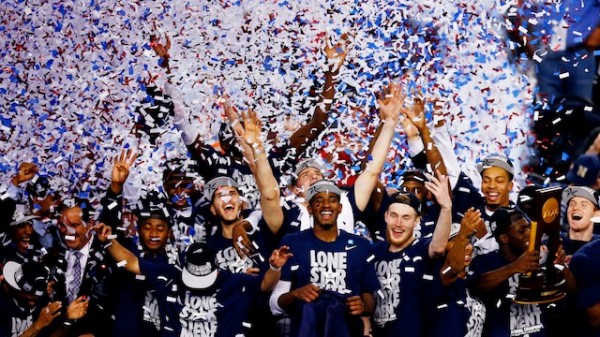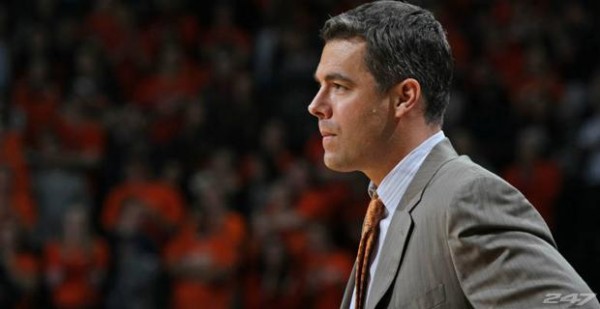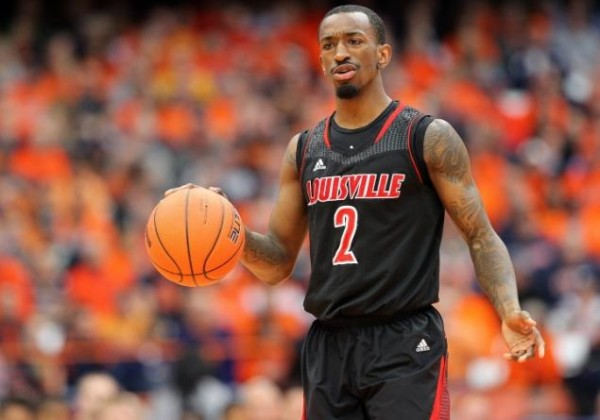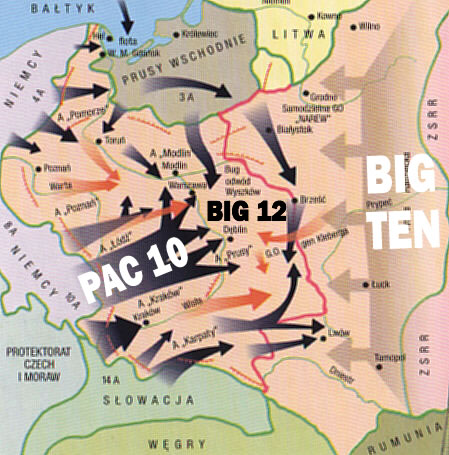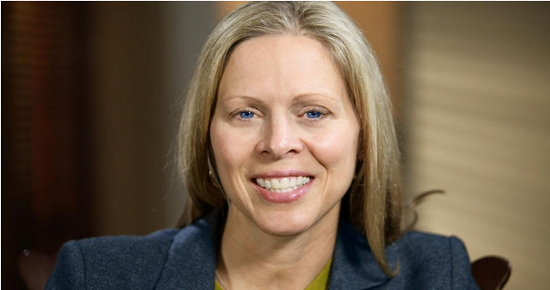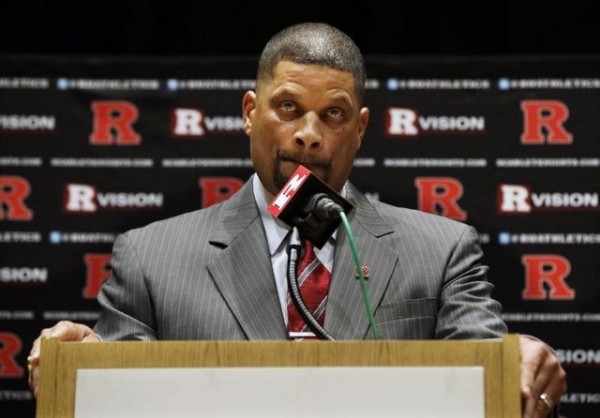Cincinnati Win Gets AAC on the Board, Only Six Weeks Too Late
Posted by Bennet Hayes on December 18th, 2014Let’s be clear: Cincinnati’s Wednesday night victory over San Diego State was very important for the Bearcats. Mick Cronin’s team was in urgent need of a quality victory, and it got one. But the Bearcats didn’t need the win nearly as badly as the American Athletic Conference. Before Cincy’s takedown of the Aztecs, the league’s best wins were over Wyoming, Dayton and Creighton. Let’s do that again: The league’s best wins were over Wyoming, Dayton and Creighton. Throw in Temple’s home victory over Louisiana Tech, and you VERY quickly have the entirety of the league’s victories over KenPom top-100 foes this season. Four top-100 wins, none over a team in the top 60 as of December 17. Conference USA, a league that nine of 11 AAC programs chose to leave of their own accord, has more than twice that number. More unflattering comparisons are available, but the point is already clear: The AAC is off to a disastrous start. For the sake of a league that once formed a significant portion of the Big East, San Diego State had to lose last night.
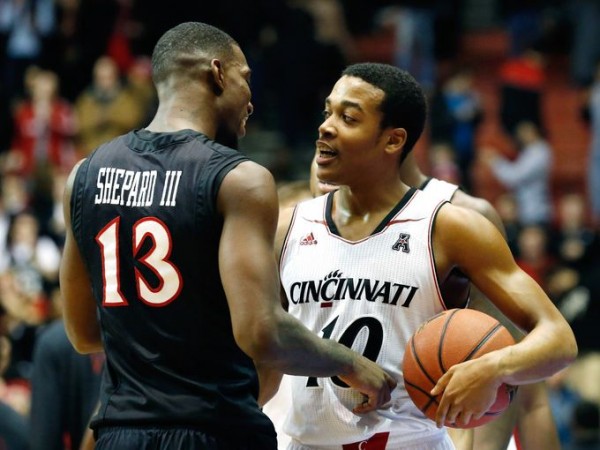
Winston Shepard Should Know: Troy Caupin’s Bearcats, Not To Mention The Entire AAC, Needed Wednesday Night’s Game Far Worse Than San Diego State Did (Photo: Aaron Doster, USA Today Sports)
As far as early resumes go, Cincinnati’s looks pretty good, especially after last night. The bad isn’t so bad (their two losses came away from home to Ole Miss and Nebraska), and the Bearcats now have an actual win of substance. Further non-conference profile-bolstering opportunities also lurk in upcoming matchups with VCU (home) and NC State (road). Whether the Bearcats are good enough to take advantage of those chances is another story. The match-up with the Aztecs was billed as a “first to 50 wins” type of deal, but Cincy actually got by the Aztecs with some sneakily stingy shooting – 17-of-21 from the line, 21-of-42 on two-point field goals, and 4-of-11 from three-point range. Out of character? Certainly. Completely unsustainable? We’ll see. Expect the Cincinnati defense to remain as fortified as ever (among the top 25 nationally in defensive efficiency over the past four seasons, 26th this season), so the offense won’t need to come in bunches for the Bearcats to keep winning games. Keep an eye on sophomore Troy Caupin – the better his Sean Kilpatrick imitation, the more games this team will win.





























